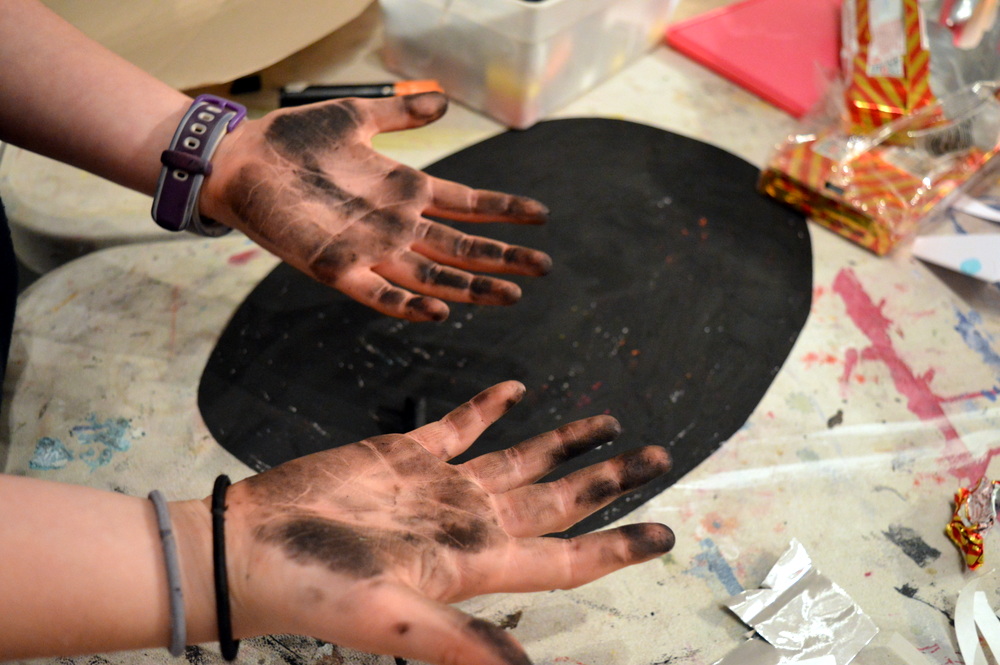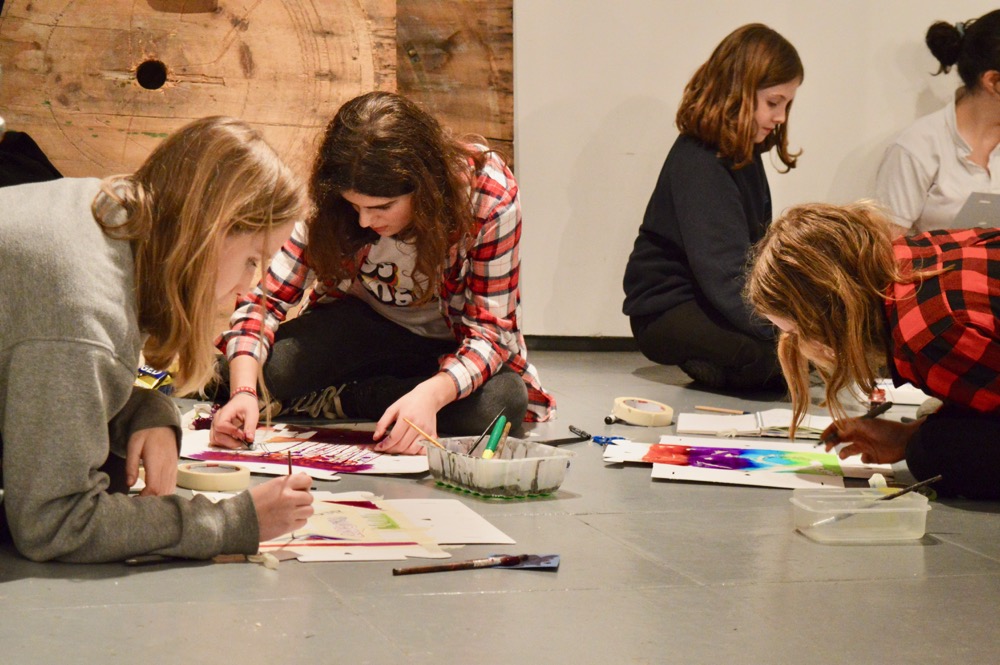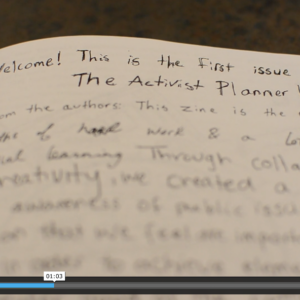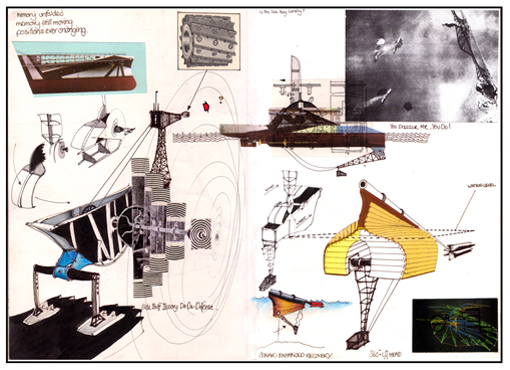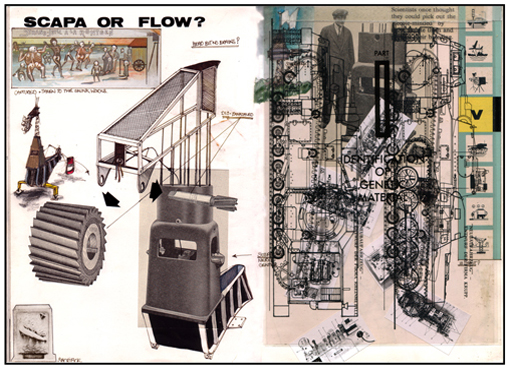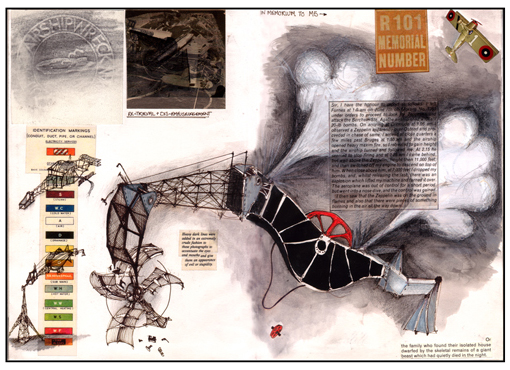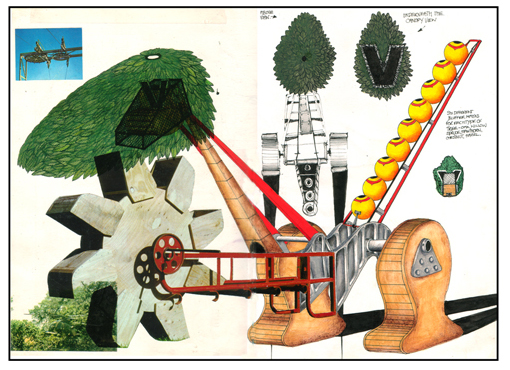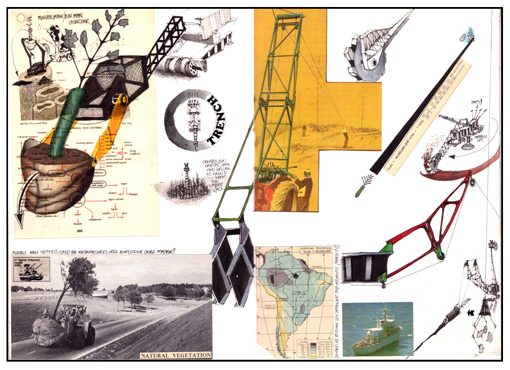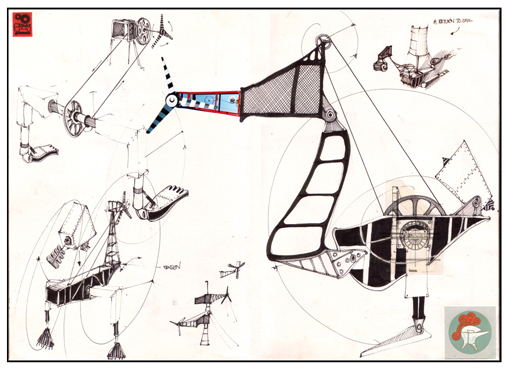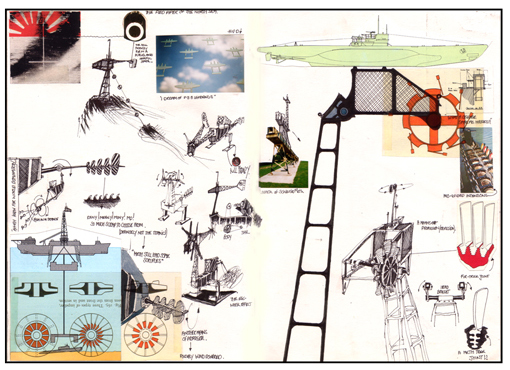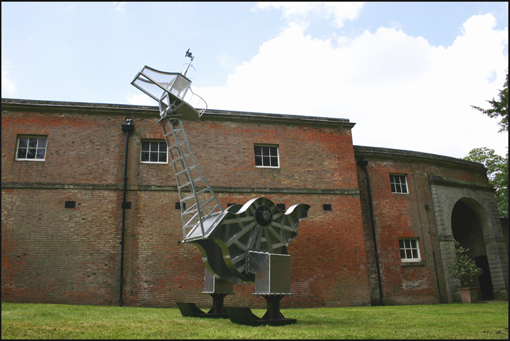AccessArt member Emma Davies describes how sketchbooks and performance have inspired each other and inspired her practice. She produces tactile, sculptural sketchbooks that reflect her impressions of performance spaces and include expressive drawings of both performers and audiences.
If you would like to share your practice, please email us.
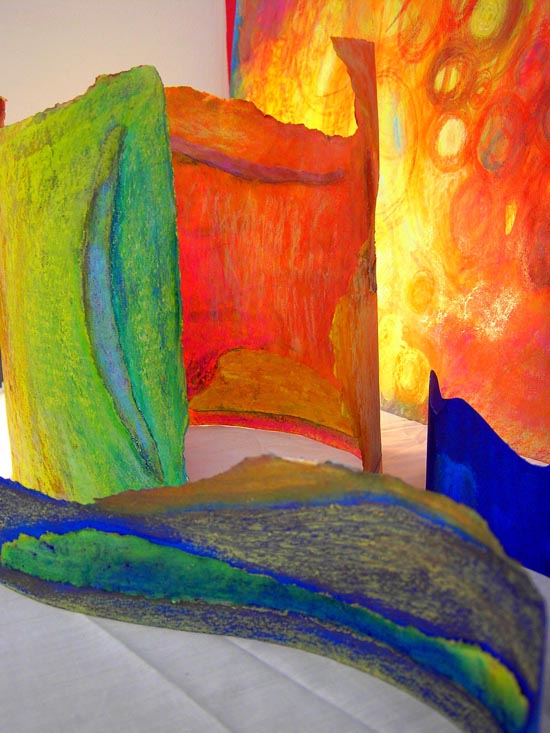
To access all content, I would like to join as…
AccessArt is a UK Charity and we believe everyone has the right to be creative. AccessArt provides inspiration to help us all reach our creative potential.
